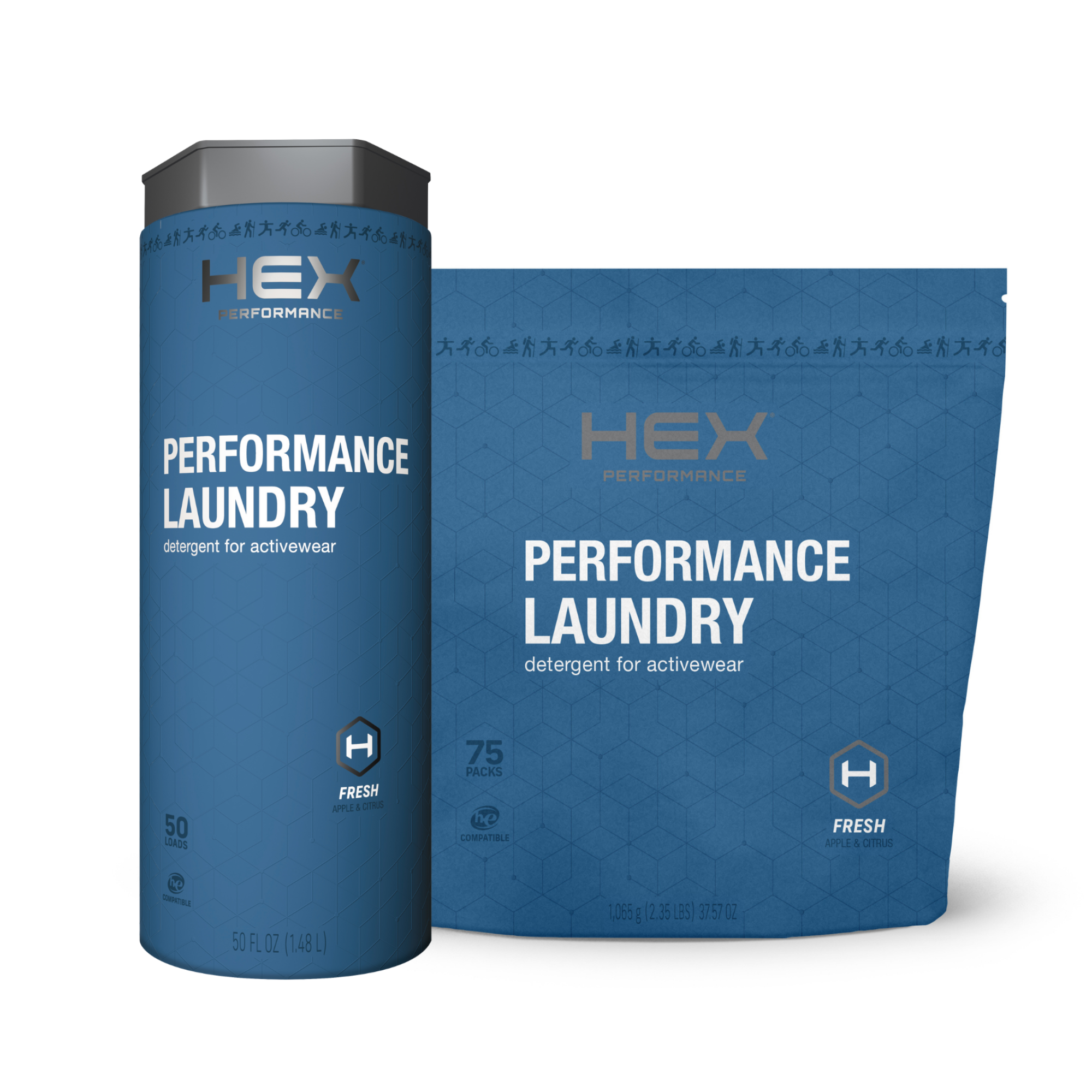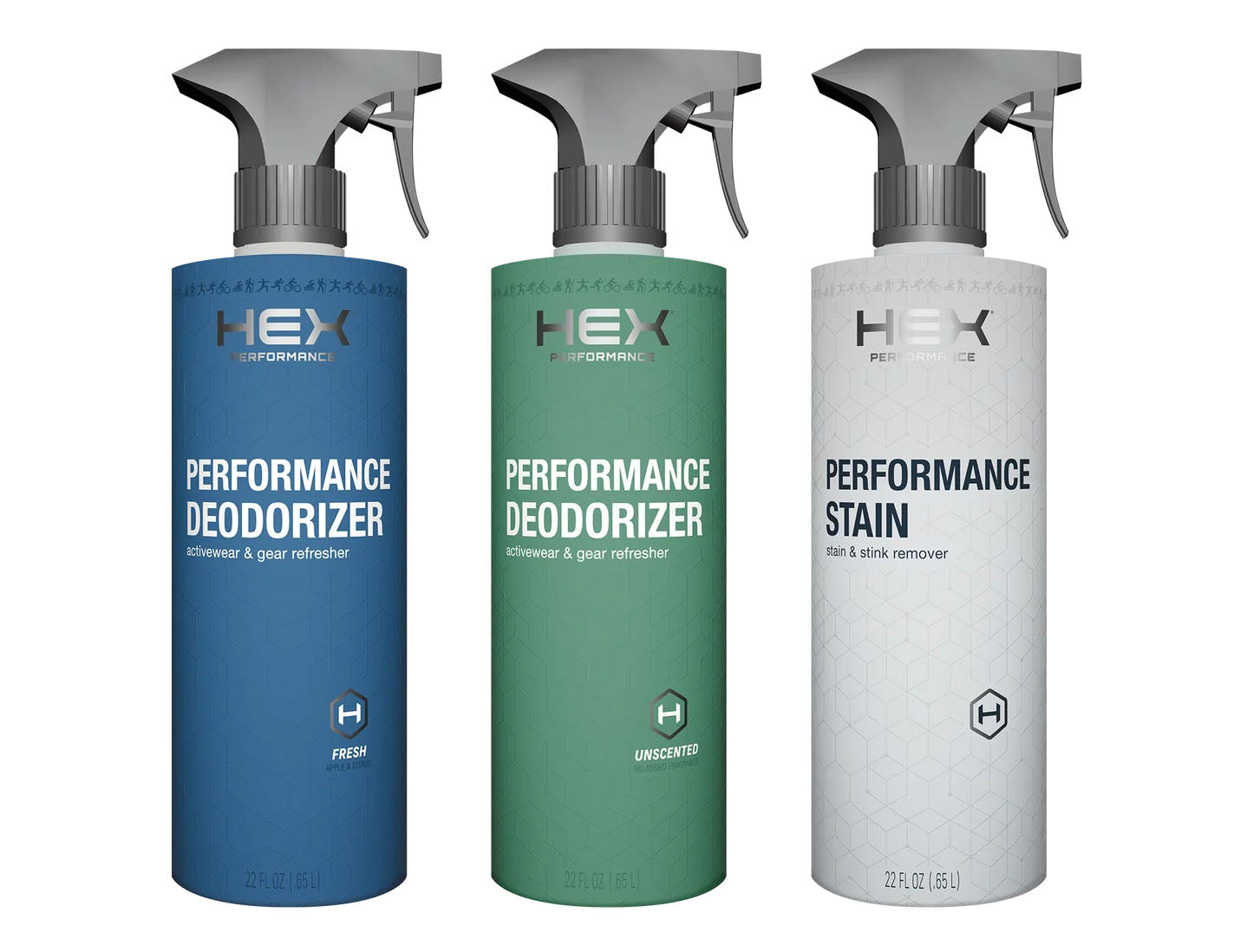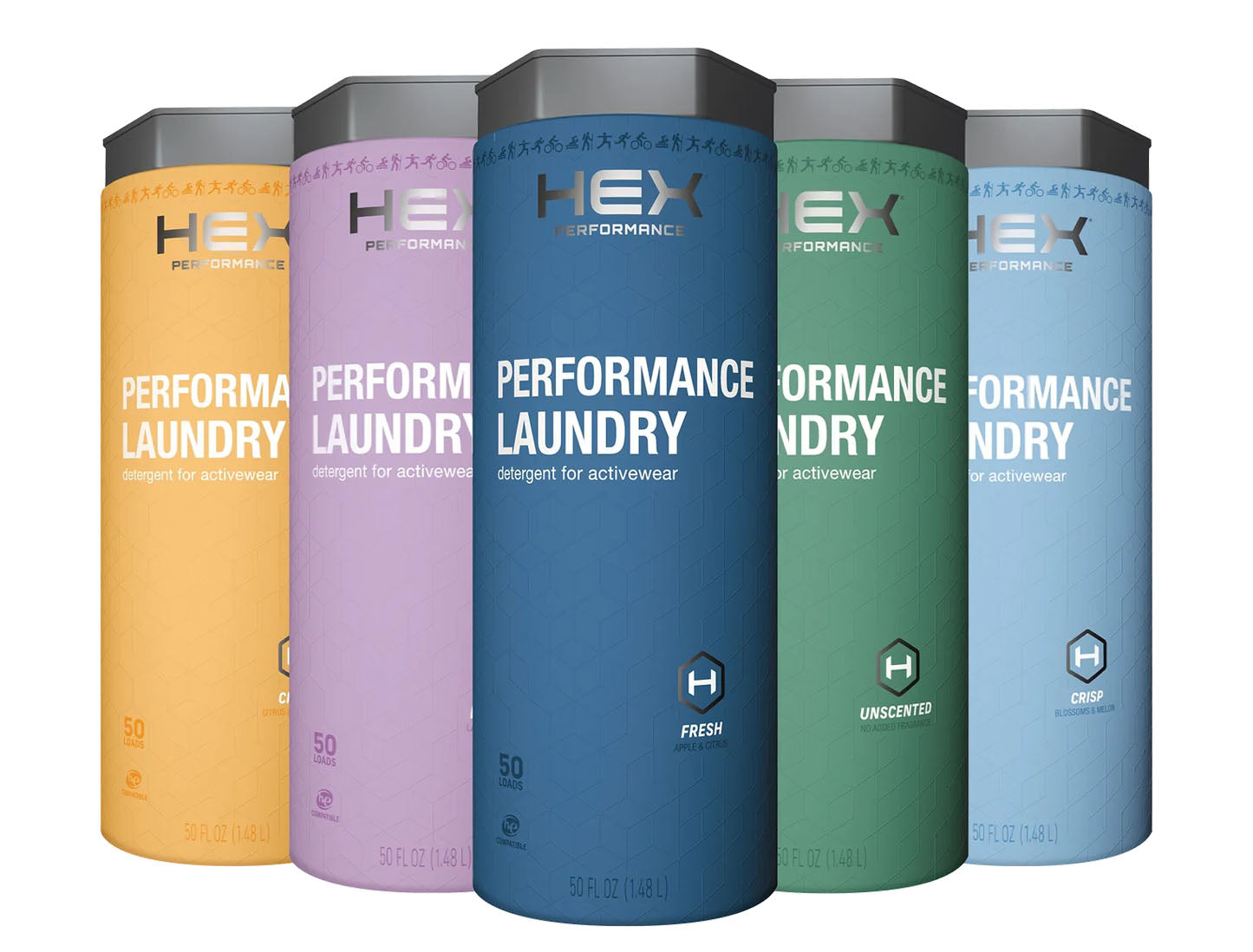
I have this fitness tracker on my wrist, monitoring my heart rate. It displays my heart rate while I workout, while I sleep, and anytime I press the button. But what am I supposed to do with this information?
You bought your fitness tracker wristband, and you’ve been wearing it religiously. While working out, or just to monitor daily health levels, you’ve gotten some insight on sleep depth and heart rate. But what do these numbers mean to you? Your Fitbit will tell you your heart rate, but if you don’t know what to do with that information, the stats alone won’t do you much good.
Just a quick five minutes here will help you get more out of your fitness tracker!

Studying science and anatomy fills the blanks of what our body’s signals tell us. Runners need to know when to push past the mental barrier, and when to listen to the body’s urge to stop.
What your fitness tracker isn’t telling you…
Our bodies were made to do amazing things. So naturally, when humans discovered that our muscles grow when we exercise them, and we become stronger, we strive for progress and we take our bodies to the limits.
But, when we forget to take advantage of all that science has taught us about our bodies and exercise, there can be consequences.
Your fitness tracker displays heart rate among other heart health information. Once you have that information, you might have more questions. What’s maximum HR? What’s my target HR? Should that number be different while I’m in a spinning class versus while I’m doing yoga? What’s a good resting heart rate?
You’ve got questions. HEX has answers.

How to measure heart rate
- Place your index and middle fingers along the side of your neck, near your chin, and find your pulse.
- Using a clock or watch to track 1 minute, count the number of beats in 1 minute. That’s your heart rate.
- To make the process quicker, you can count the beats in a 10-second increment, and multiply that number by 6.

RESTING HEART RATE
Your resting rate can be measured when you first wake up, before any physical activity. The average resting HR is 60-100 beats per minute. For trained athletes, the average resting HR is 40-60 beats per minute.
Source: National Institute of Health
MAXIMUM HEART RATE
To find your approximate maximum HR, subtract your age from 220. For example, a 30-year old’s maximum heart rate is 190. You generally only want to be in the maximum heart rate range for a minute, if at all. Athletes use max HR to know when to listen to the body’s plea to stop, and when to push past that mental barrier.
TARGET HEART RATE
Active.com has a handy target heart rate calculator. Your target heart rate is a percentage of your maximum, based on the level of exercise. For example, a person looking to introduce light aerobic exercise to their life should aim for 30 minutes of exercise each day that gets their heart rate up to 60% – 80% of maximum.

HEART RATE ZONES
The faster your heart is beating, the harder your body is working.
• 50% – 65% is light exercise. In this zone, you can lose weight, improve endurance, boost metabolism, and recover muscles.
- Spending time with your heart rate up from 65% – 85% will improve overall fitness and increase your maximum exercise levels.
- Intense cardio with your heart rate at 85% – 100% maximizes performance. You will be able to run faster and harder, longer.Just have fun, and break a sweat!
If you’re just starting to get into an exercise routine, don’t stress about tracking your heart rate.
The most important thing in an active life is to simply get up and move. If you’re just starting to get into an exercise routine, don’t worry about tracking your heart rate. There are machines and moves to learn, and you are adjusting your time schedule. Don’t turn exercise into a chore. Just have fun and break a sweat!
Sweat. HEX. Repeat.
You work hard to get that heart pumping. Now, your clothes stink. Why is that?
Blame your detergent. Traditional laundry detergents just weren’t built for today’s modern fabrics. At HEX, we’re rethinking laundry and changing your standards of clean.
Exercise isn’t just an activity– it’s a lifestyle. You’ve got the advanced fitness tracker. Now get the advanced laundry detergent.





